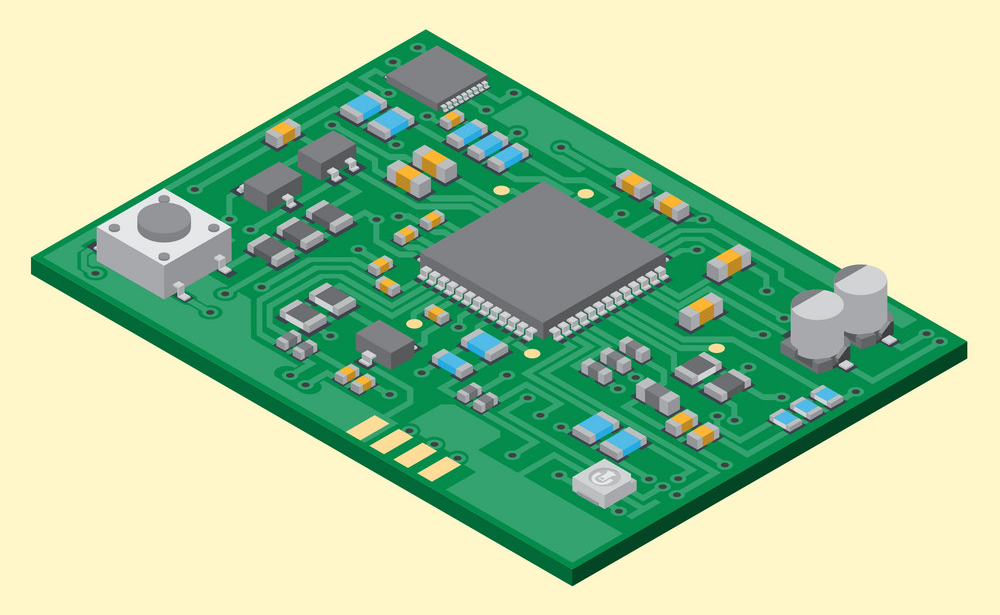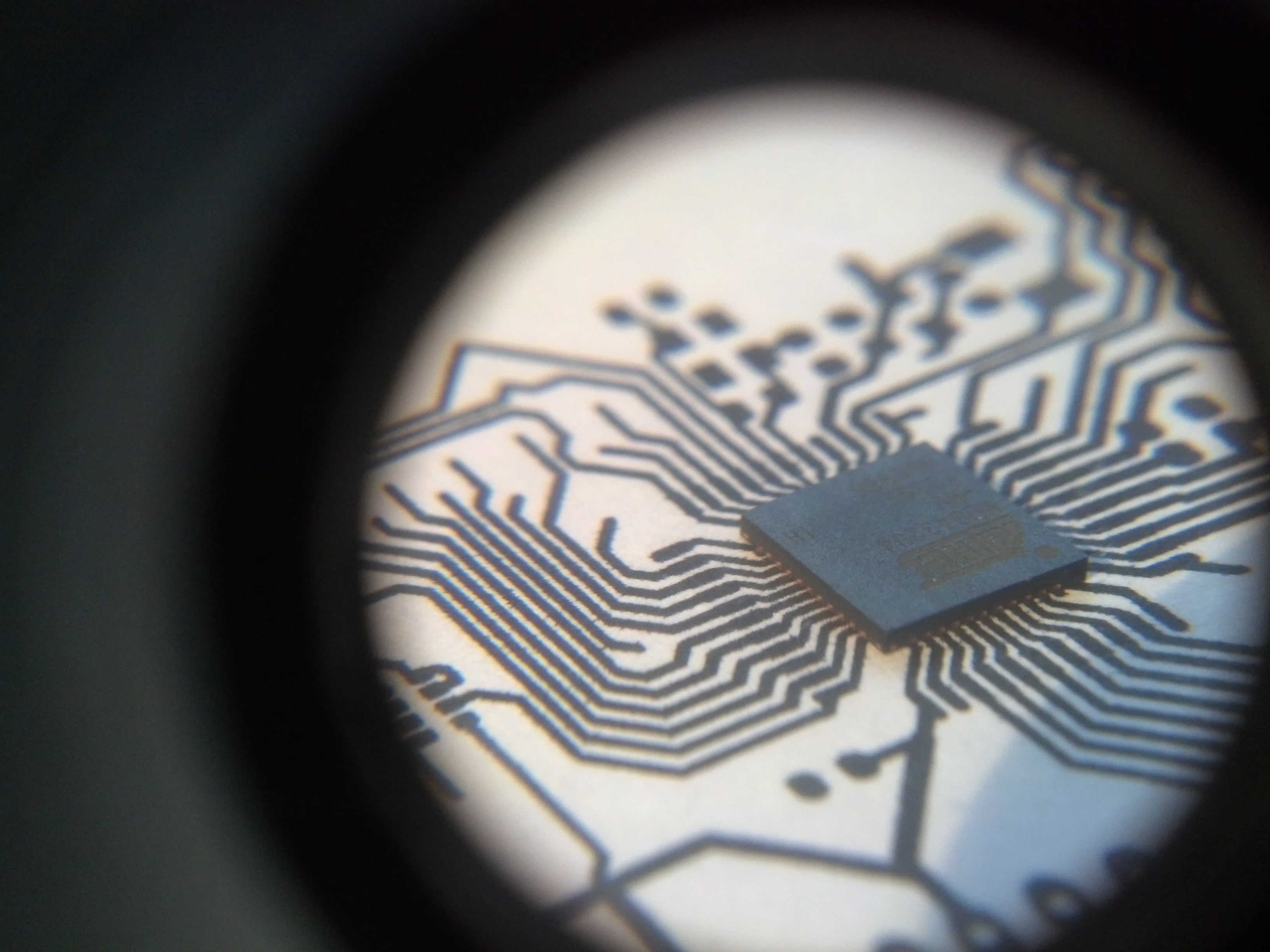Take the Risk Out of Prototype PCB Assembly (PCBA)

Table of Contents
There is a special feeling one gets when polishing off a Rev A design and ordering the first set of PCBs from a board house. While designers everywhere would likely not trade that feeling for anything, taking some of the uneasiness off the table would probably be a welcome change. Here are review steps that should prove more effective at settling nerves than an after-work visit to the bar—and infinitely more effective at preventing errors!
There are some steps you can take to reduce turnaround time when you're ready to order fabrication and PCB assembly (PCBA) services. Getting into the supply chain and ensuring DFM/DFA early are important, and taking these points seriously during development will cut down your design review time and your assembly/fabrication time. You can also eliminate some unnecessary redesigns for your PCBA when you pay attention to these points.
No Parts? No Boards.
Supply chain management which was once an occasional frustrating lesson in patience and planning has become a critical design parameter even at the prototype level. There is nothing worse than having a multi-million-dollar development project delayed a week because 10 measly microcontrollers worth $2 each cannot be found to build prototypes.
Common passives, diodes/LEDs, or common ICs for a PCBA will be easy to replace and probably won't require major PCB layout changes. Something like an unavailable microcontroller, FPGA, specialty SoC, and other specialized components can force near total redesign for your PCBA. You should always check component availability and lead times early before you send an order off for manufacturing. The search features in your design tools play a major role here in helping you find sourcing data and component symbols/footprints before you produce your PCB.
The best way to mitigate this is to order prototype quantities for all components as soon as the schematic is complete. Sure, nobody likes a hoarder coveting piles of parts during a shortage like Smaug refusing to part with ‘one single coin’, but we’re only talking about a handful of parts. The disappointment of wasting a quarter of the components that are designed out by the time boards are built is nothing next to finding out what firmware engineers do to waste time when they don’t have hardware to work on. Quick note: it is also important to check the MSL (Moisture Sensitivity Level) rating of each part—a contract manufacturer may have to bake the parts before placing them on the board for SMT reflow.

Reduce PCB assembly (PCBA) production time by looking at the supply chain early.
Design Reviews are Fun!
Most engineers recognize two things about design reviews: they are necessary for a Rev A release, and completing a review, well, can be a big favor to ask of a colleague. But it doesn’t have to be an extra helping of drudgery for the reviewer. Just like anything, it can be made more entertaining by adding money and competition! For instance, the designer could have to pay the reviewer for mistakes that are found. Something like $20 per critical mistake which would have triggered a board revision and $2 for non-critical mistakes would be reasonable. Maybe even get the company to pony up a $200 budget to allow the designer to keep what’s left, incentivizing design excellence and fostering healthy competition.
No design review checklist would be complete without reviewing the Gerbers in a 3rd party program. This would be equivalent to what the board house will do to examine the file. While 99.99% of errors are design and/or configuration errors, every eCAD package has produced an error at some point so it is worth the 5 minutes to check. For instance, GerbV is a free, open-source tool that will allow the designer to review each layer individually and together for anything that doesn’t smell right, either from a design error or a CAM output error.

Paper Dolls
Remembering that the ultimate goal of PCBA design is to get off the computer and build something in the real world, there is an easy and quick way to double-check the mechanicals: a paper doll! In addition to checking the dimensions of a flex or rigid-flex PCB as Tara Dunn discusses here, one can also include footprints in the print and place the component on the page to be sure the pads are in just the right place. BGAs and LGAs can be tested in the same way if you have some printable transparency film. Maybe you’ll luck out and use the last transparency sheet so nobody is tempted to bring out the dreaded overhead projector at your next meeting.

The Warm Fuzzies
These steps can help transform the post-order feeling of trepidation into anticipation for the boards to come back. However good it feels releasing a board to the fab, it is even better when the designer knows it will work. Happy Designing (and Reviewing)!

Would you like to find out more about how Altium can help you take the risk our of your next PCB assembly (PCBA)? Talk to an expert at Altium or continue reading about PCB library and supply chain integration in Altium Concord Pro®.
Altium Designer on Altium 365 delivers an unprecedented amount of integration to the electronics industry until now relegated to the world of software development, allowing designers to work from home and reach unprecedented levels of efficiency.
We have only scratched the surface of what is possible to do with Altium Concord Pro on Altium 365. You can check the product page for a more in-depth feature description or one of the On-Demand Webinars.











